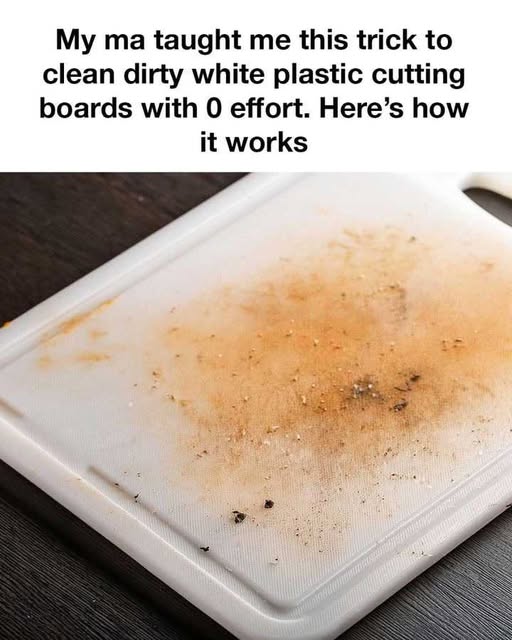Store boards vertically so air can circulate and they dry completely.
Avoid stacking wet boards, which encourages bacteria.
Replace any plastic board that gets deep knife grooves that can’t be cleaned out.
Variations:
Salt Scrub: For heavy-duty stains, sprinkle coarse salt over the board, then scrub with lemon juice for a natural abrasive cleaner.
Dishwasher Option: Some plastic boards are dishwasher-safe—check yours. The high heat helps kill bacteria, though it may not remove stains.
FAQ
Q: Can I bleach my plastic cutting board?
A: Yes, but it’s best done occasionally. Dilute 1 tablespoon of bleach in 1 gallon of water. Soak for a few minutes, rinse thoroughly, and air dry.
Q: How often should I replace my plastic cutting board?
A: Every 1–2 years, or sooner if you notice deep grooves that trap bacteria.
Q: Is it safe to use hydrogen peroxide on surfaces that touch food?
A: Yes—3% hydrogen peroxide is safe and food-grade. Just be sure to rinse the board well after use.
Q: Why does my board still smell after cleaning?
A: Odors can get trapped in knife cuts. Use lemon juice, vinegar, or baking soda regularly to help neutralize lingering smells.



Yo Make również polubił
Cajun Lobster, Crab, and Salmon Alfredo – A Seafood Lover’s Dream!
Makaron i groszek
Ginger Turmeric immune boosting, anti inflammatory wellness shots (in a blender)
4 Smoothie Recipes